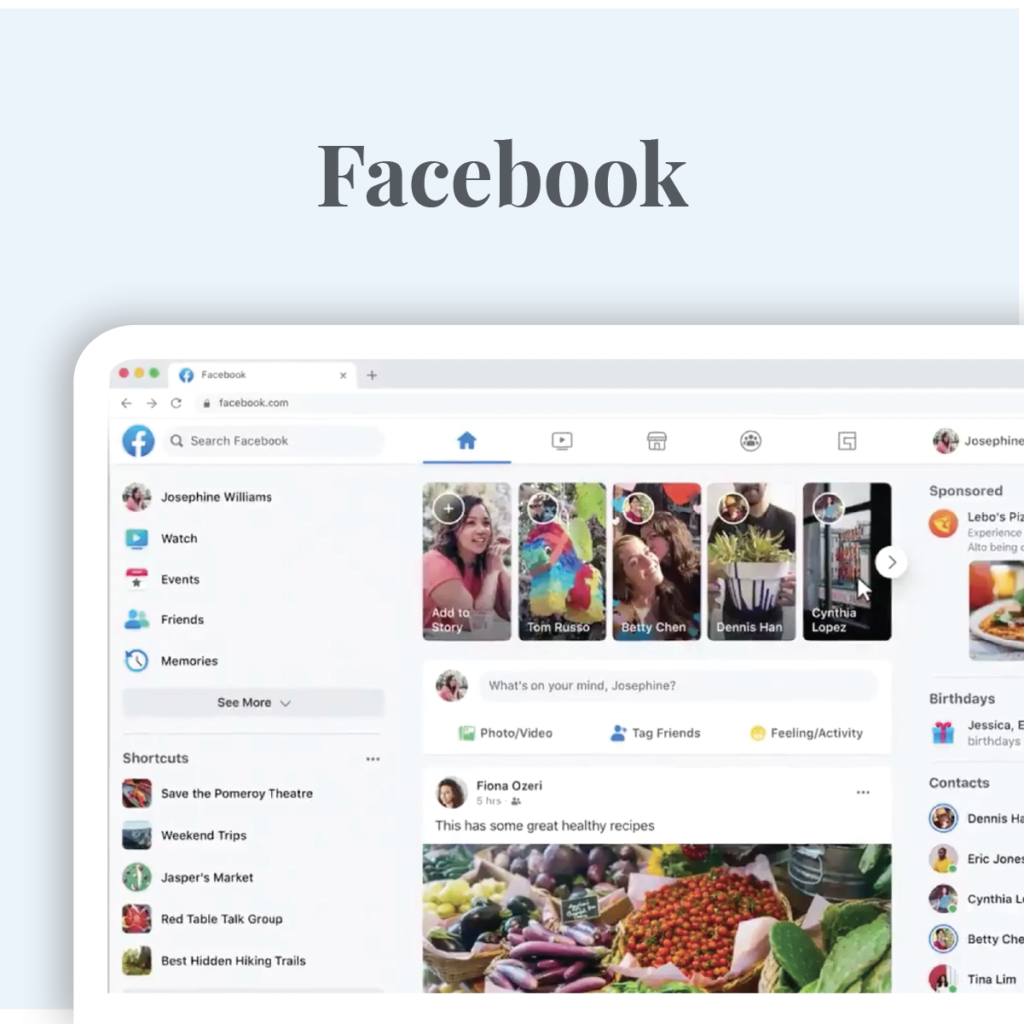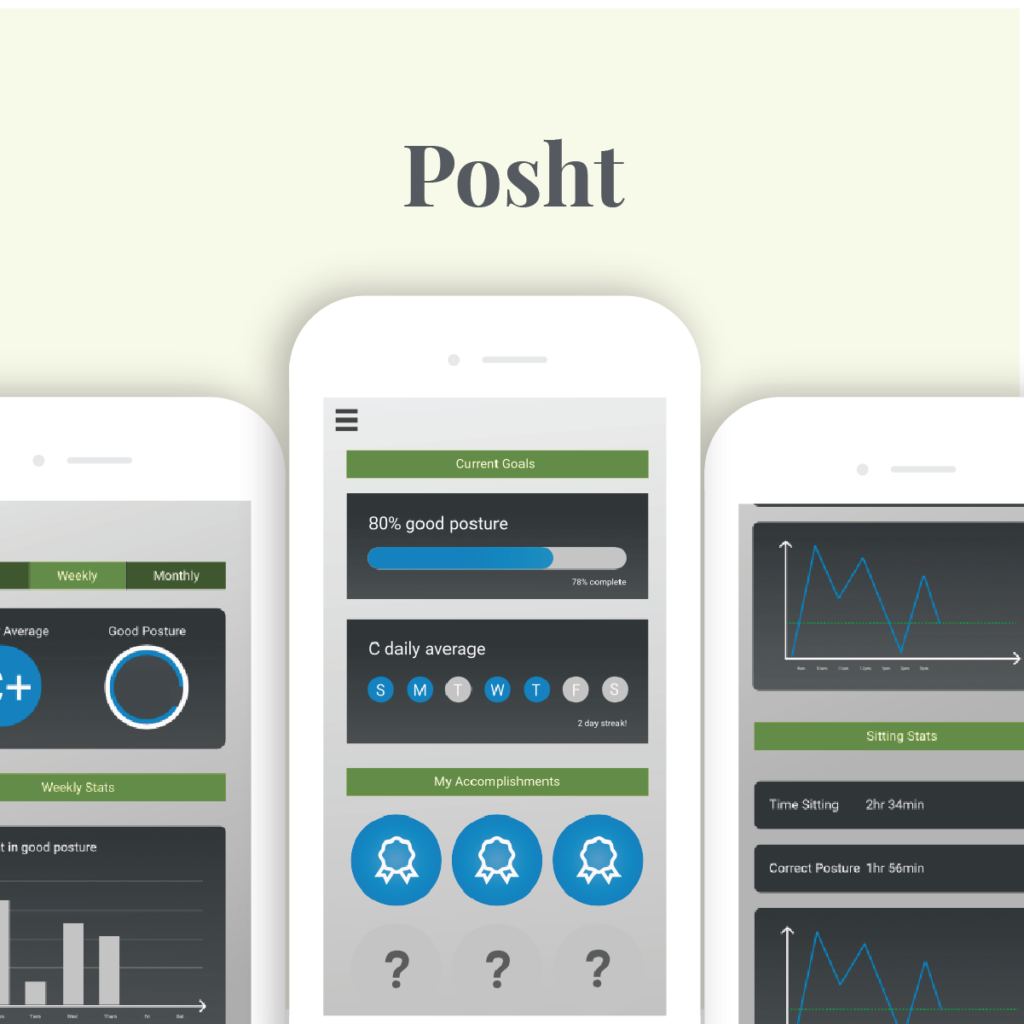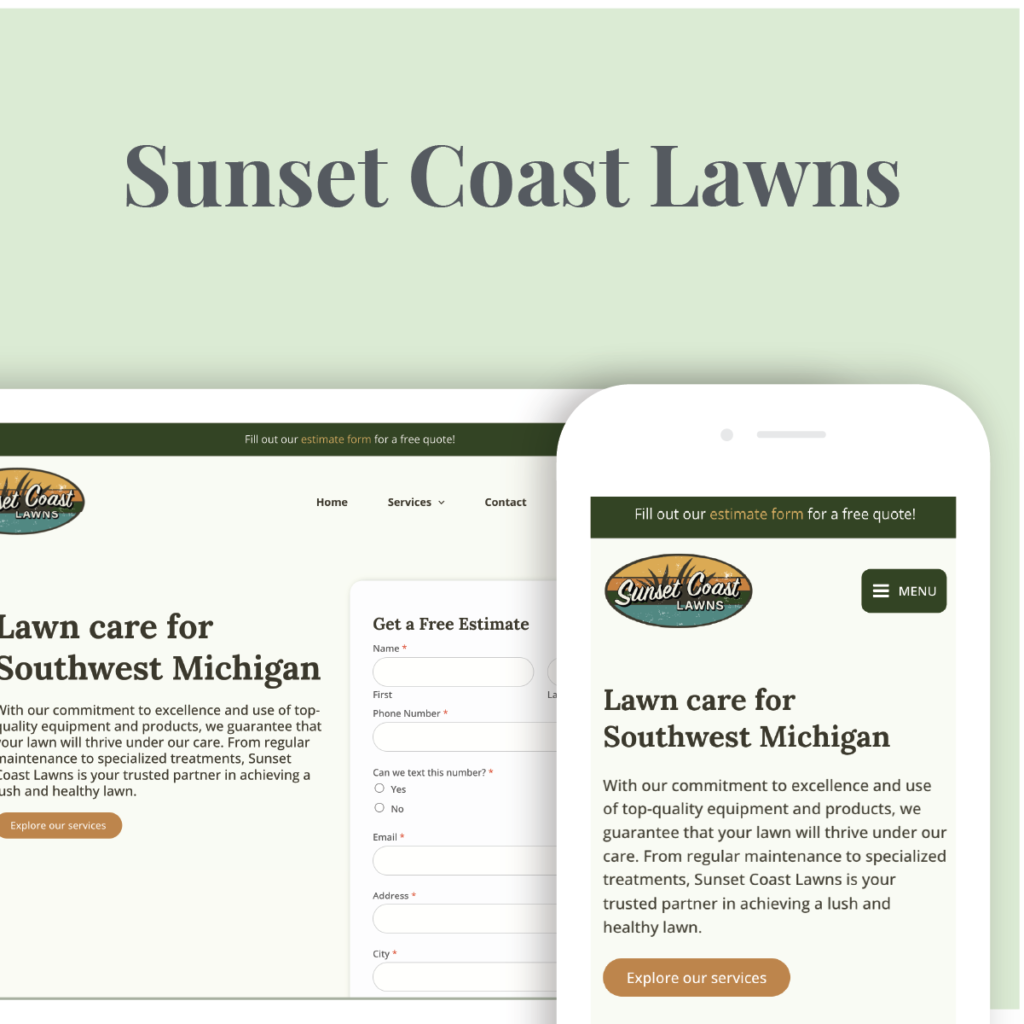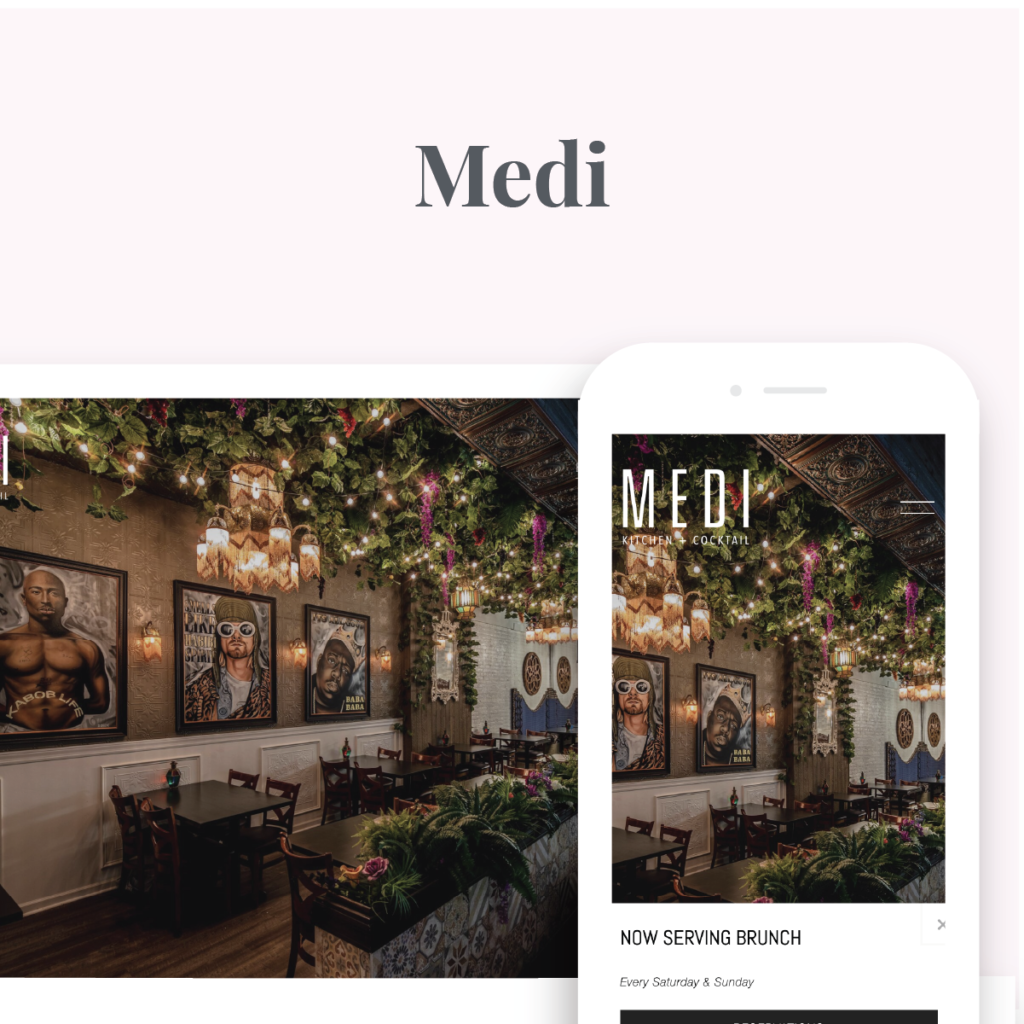PackIt
A mobile application to help users pack efficiently and stylishly.
In this case study
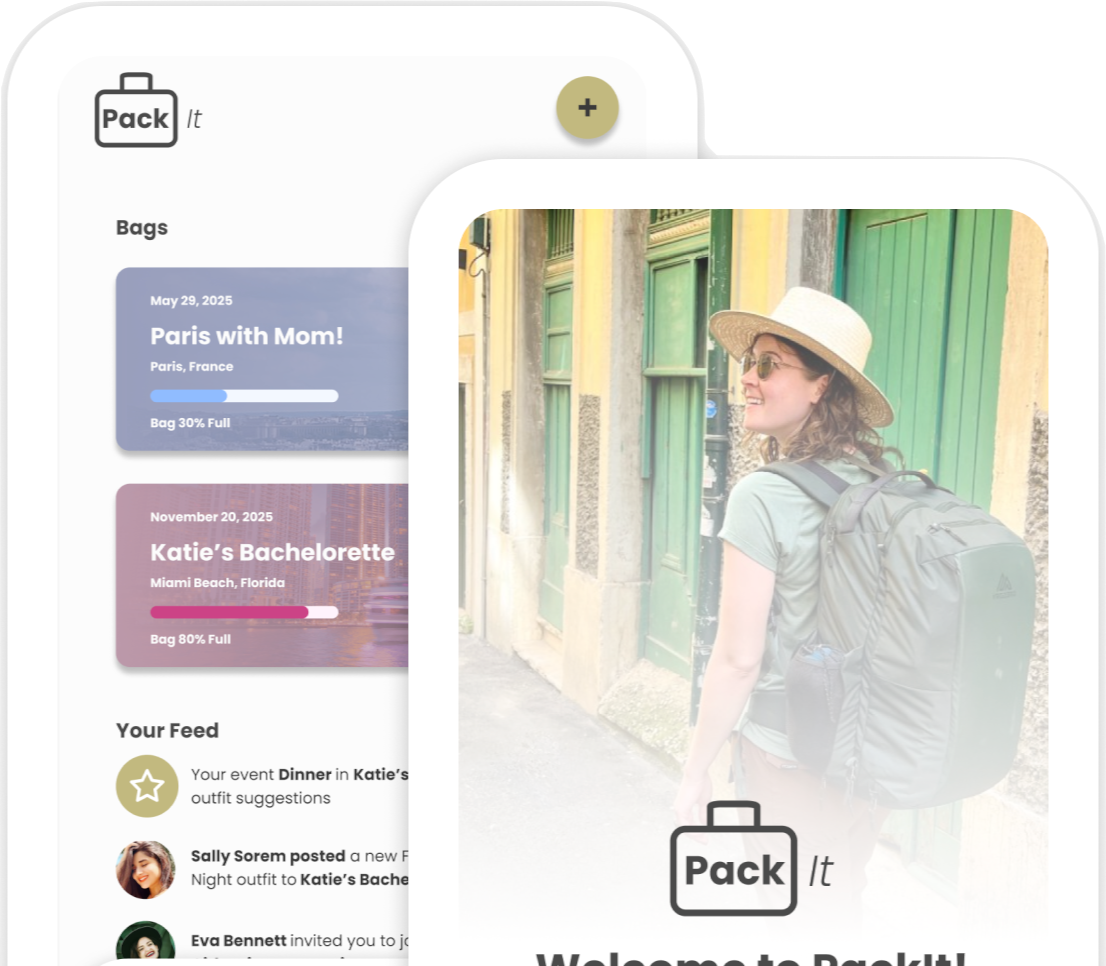
Background
Overpacking is a common frustration for travelers. As post-pandemic travel increases, people want to maintain their style without carrying excessive clothing. The capsule wardrobe concept is gaining popularity, but it can be challenging to implement while traveling.
The Challenge
User Insight: Travelers struggle with deciding how much to pack and ensuring they bring the right items.
UX Opportunity: Create an app that simplifies packing while allowing users to maintain their style and stay organized.
The Solution: PackIt
Smart Packing Recommendations – Personalized outfit suggestions based on trip details.
Event-Based Packing – Users tag outfits to specific events for better planning.
Community Feature – Users share outfit ideas for inspiration.
Research & Discovery
User Interviews
10 women (ages 20-30) interviewed to understand their packing habits and pain points.
Key Insights
- Users need guidance on what to pack and how much.
Users would like to share outfit ideas for events/trips.
Terminology matters – “Suitcase” felt outdated; “Bag” or “Luggage” was preferred.
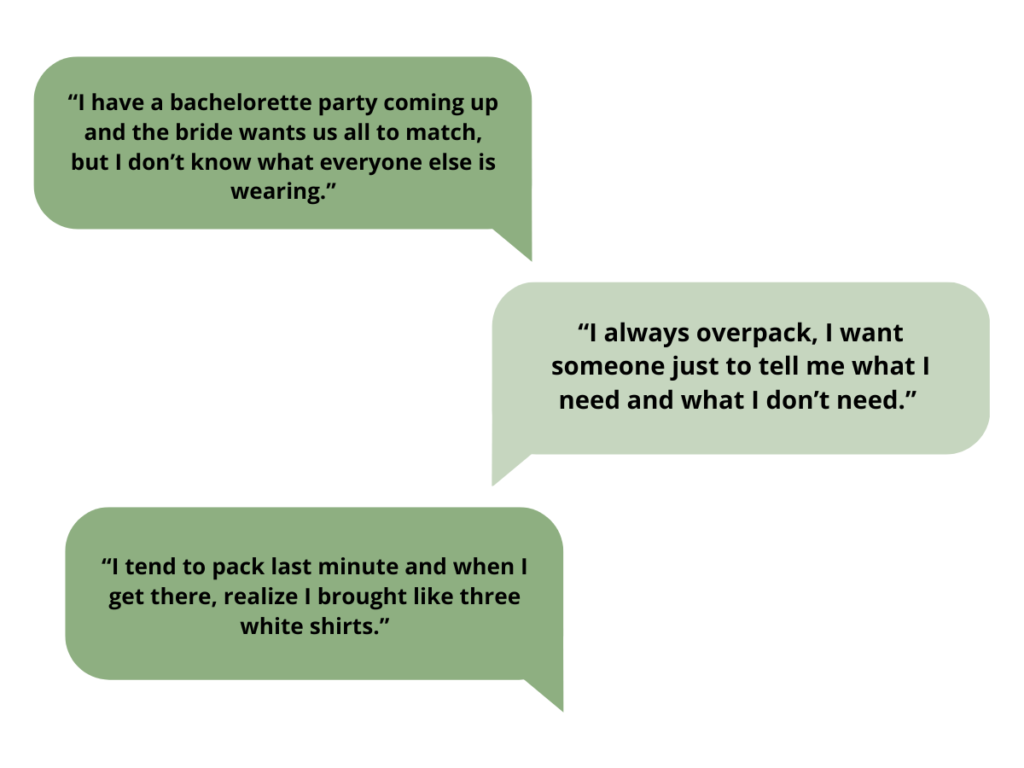
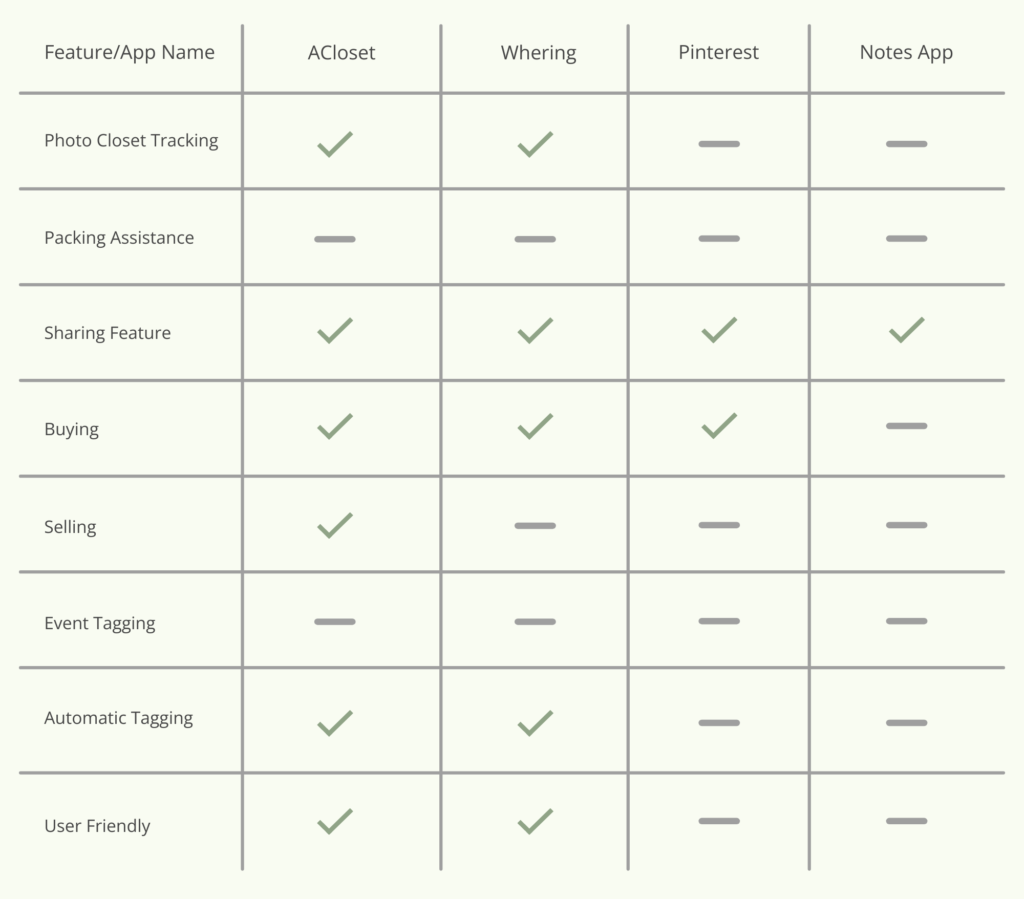
Competitive Analysis
Researched packing solutions via Reddit, TikTok, and competitor apps. Found no app that combines packing assistance with event tagging and outfit suggestions.
User Persona
Using insights from interviews, I developed a persona to guide a user-centered solution:
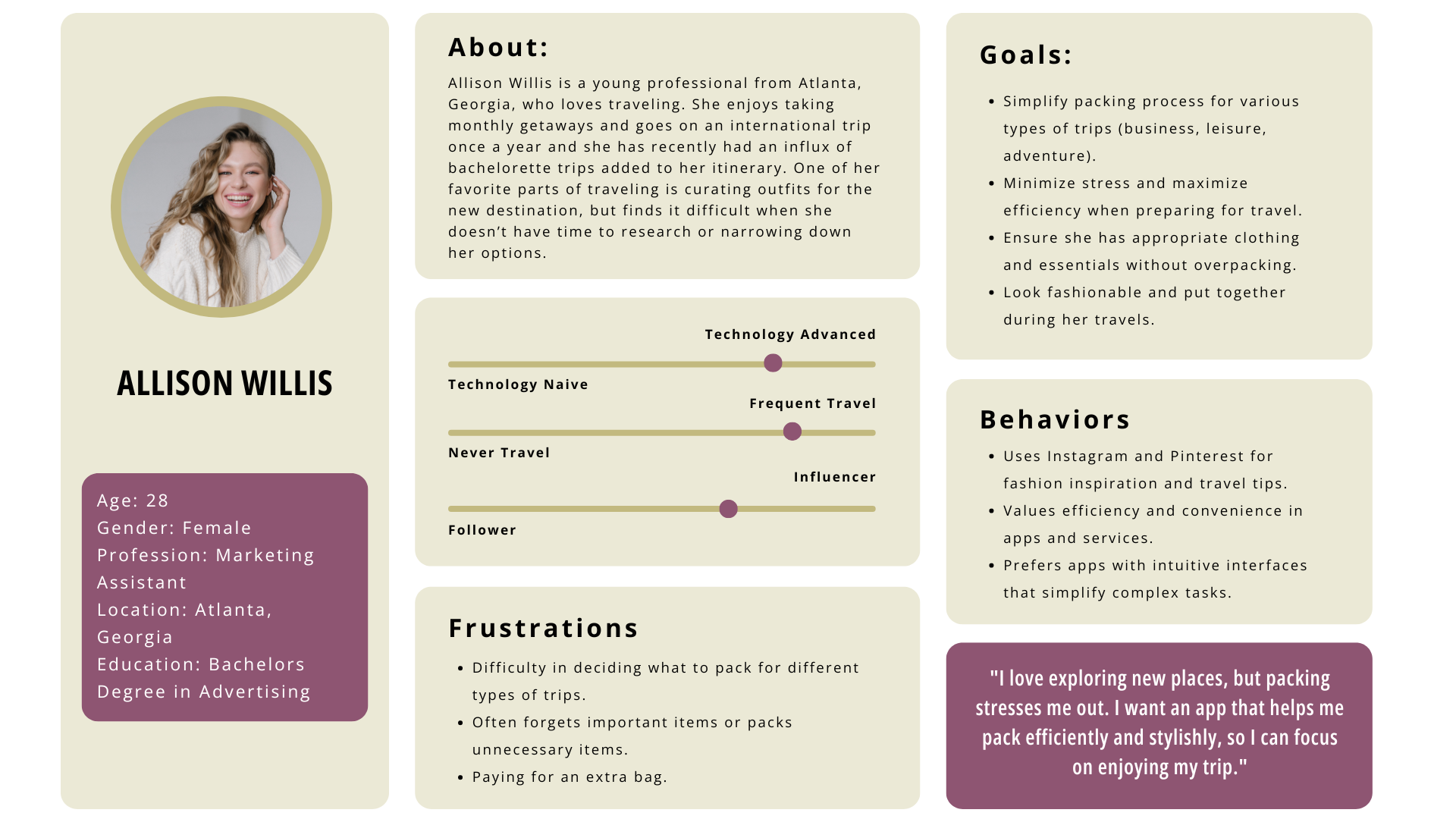
How might we help travelers pack efficiently while maintaining their personal style?
- Smart Packing Recommendations – AI-based outfit suggestions.
- Event-Based Packing – Users tag outfits to specific events.
- Community Feature – Users share outfit ideas for inspiration.
User Tasks
To create a Minimal Viable Product (MVP), I focused on three core tasks:
User registers and completes onboarding.
User adds an outfit to their bag.
User receives outfit suggestions.
Task 1: Onboarding & Registration
- Track trip destination.
Select bag size.
Complete registration.

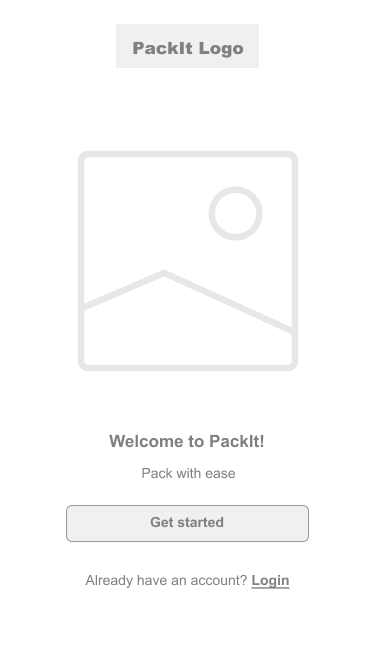
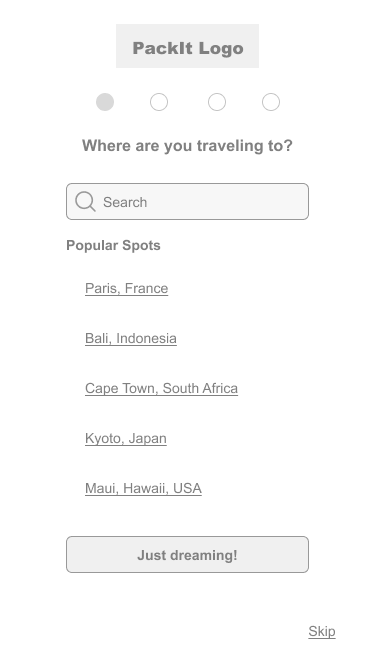
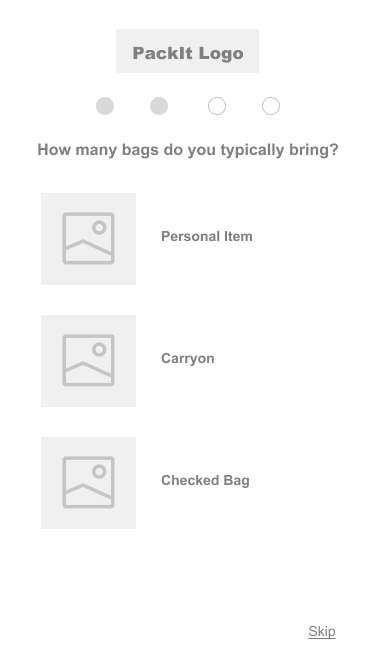
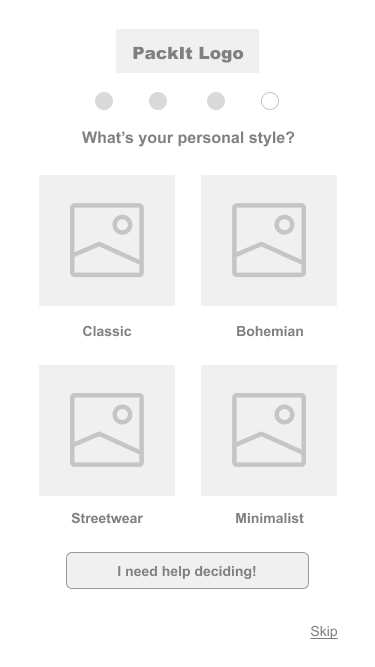
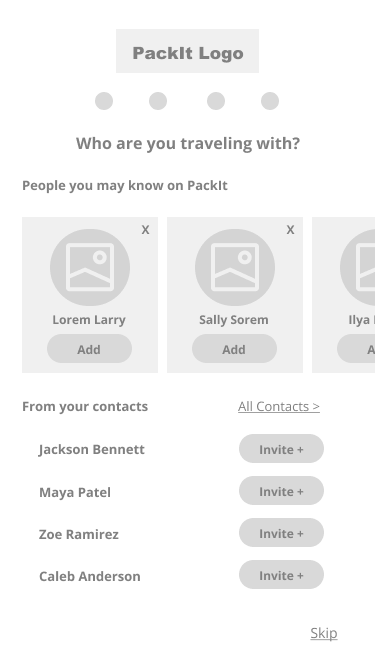


User Testing & Finalized Solution
Feedback: Users liked the simple onboarding but were confused about the difference between a “personal item” and a “carry-on.”
Solution: Added an info icon displaying average bag dimensions and how many days of clothing each size fits.
Task 2: Adding Outfits to a Bag
- Select trip.
View daily outfit breakdown.
Add an outfit.

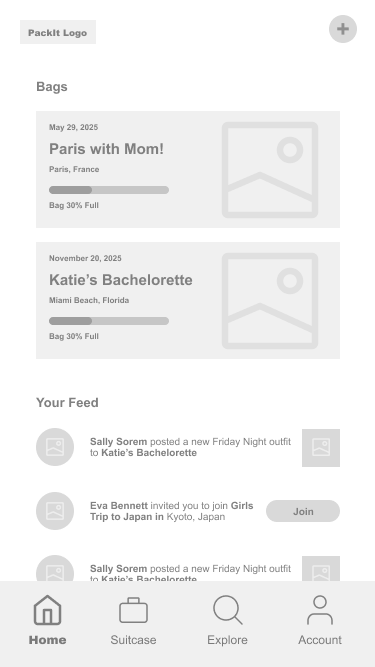
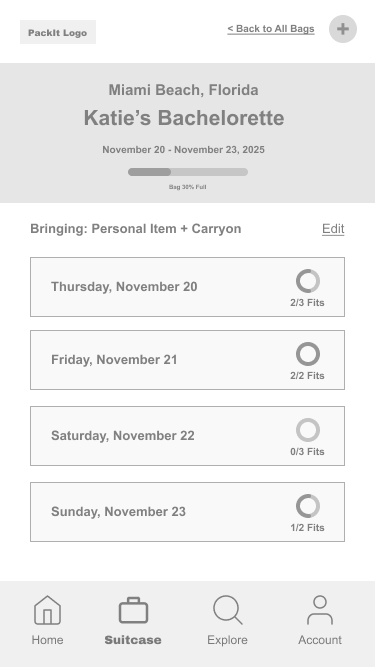
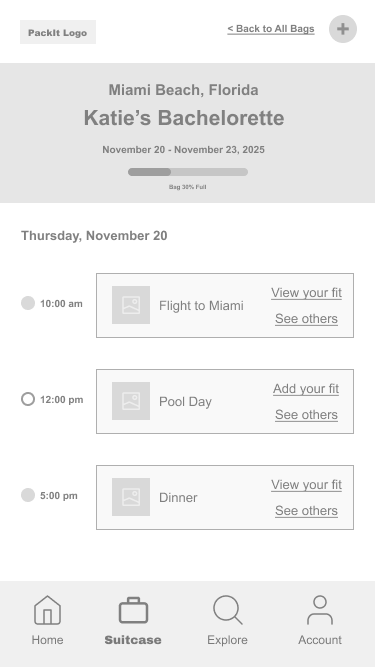
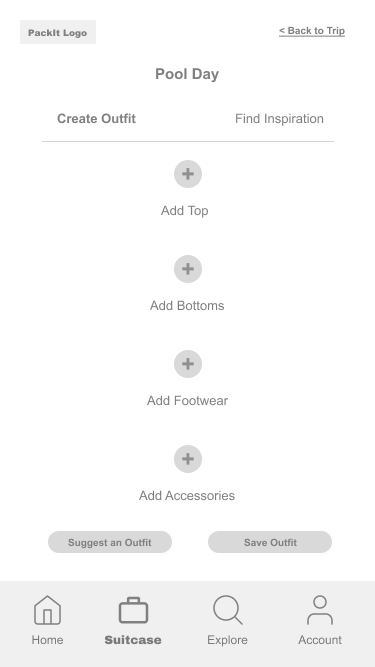
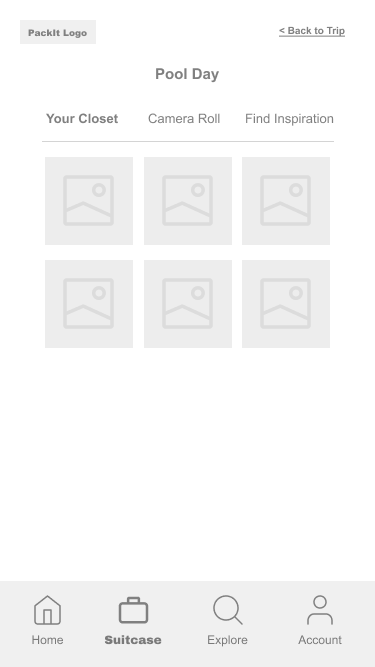
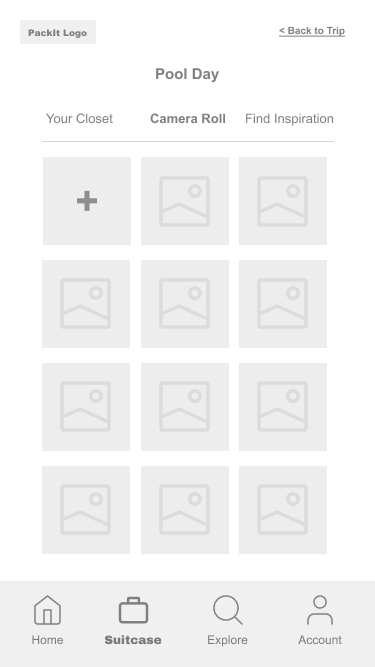
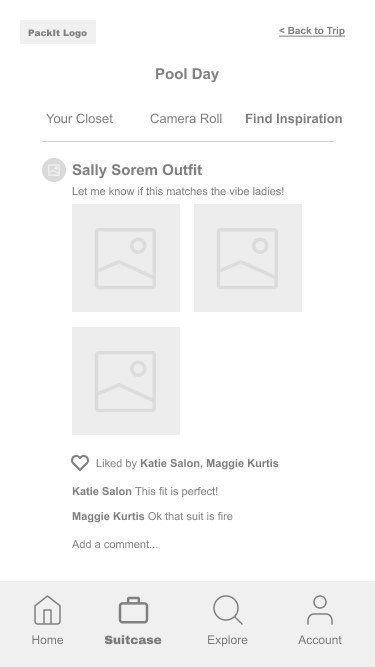
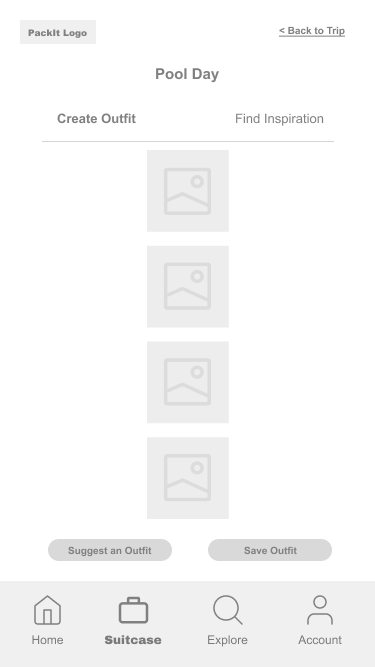
User Testing & Finalized Solution
Feedback: Users liked the trip overview but found the term “Suitcase” outdated. Also, they didn’t understand why “Your Closet” and “Camera Roll” were separate.
Solution:
-
Renamed “Suitcase” to “Bags.”
-
Merged “Camera Roll” and “Your Closet” into one camera icon tab for adding outfits.
Task 3: Receiving Outfit Suggestions
Navigate to trip.
Select a day.
Select an event.
View outfit suggestions.

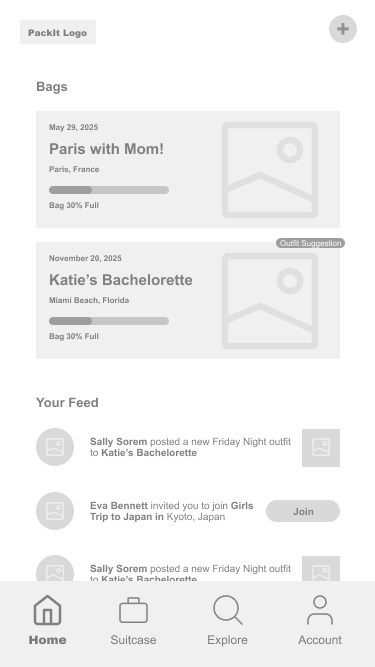
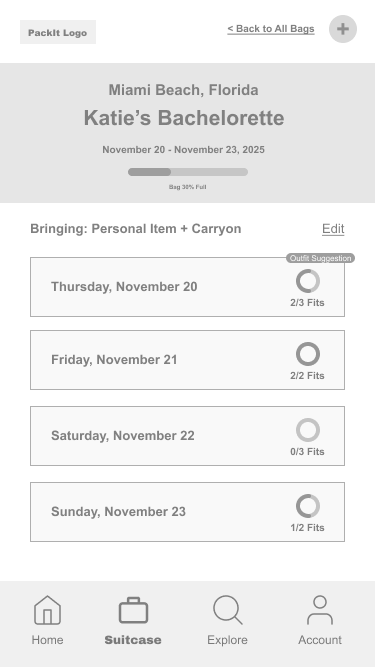
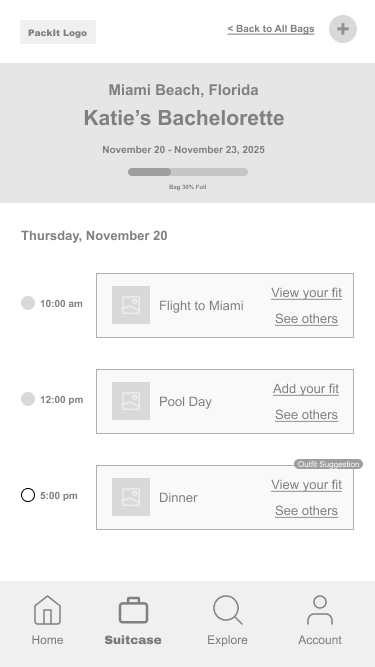
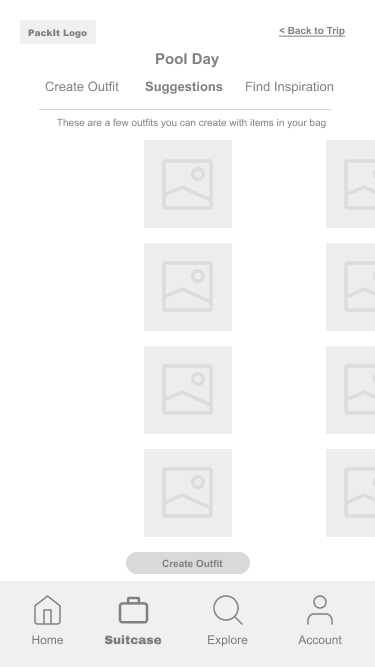
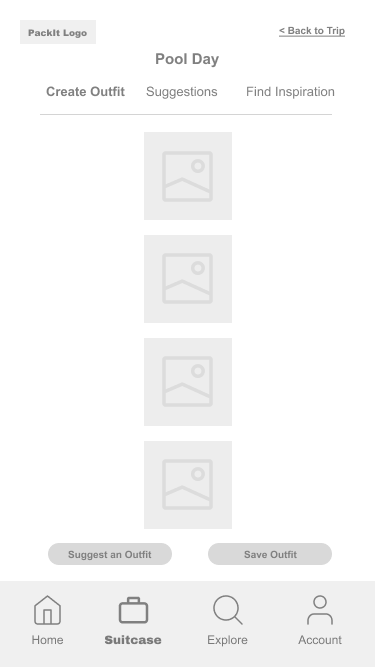
User Testing & Finalized Solution
Feedback: Users loved the feature but felt the flow took too many clicks.
Solution: Added a notification shortcut that takes users directly to new suggestions.
Final Outcome & Impact
PackIt provides an intuitive, stylish, and stress-free packing solution. By combining user insights, testing, and iterative design, I created a tool that meets real traveler needs while maintaining a sleek, user-friendly experience.
- Improved efficiency: Streamlined packing experience, reducing decision fatigue.
- More intuitive UI: Simplified terminology and navigation.
- Increased engagement: Users excited about outfit suggestions as a core feature.
Future Plans
Expand the “Explore” page: Enable users to plan future trips.
Influencer Collaboration: Allow influencers to share outfit ideas.
Revenue Model Exploration: Partner with brands for outfit promotions.
Continuing user testing and refinement will help bring PackIt to life as a fully developed app.

